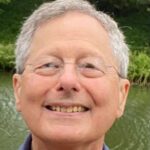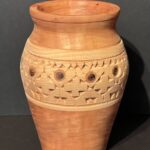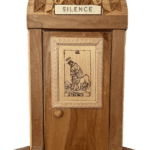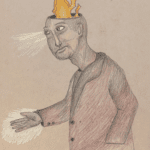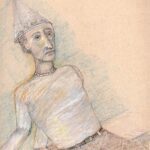Finding himself suffering a stroke while at work, he responds by applying all he learned over the years: Centering his thoughts through a meditation practice.
This is the story of a remarkable experience and the role meditation played in it. It happened to me last week, and I am fortunate to still be able to use a computer at all. While this is definitely NOT the article I had planned to write, I think it could be more important to a reader than anything else I would have written. It is about the value of meditation in an emergency.
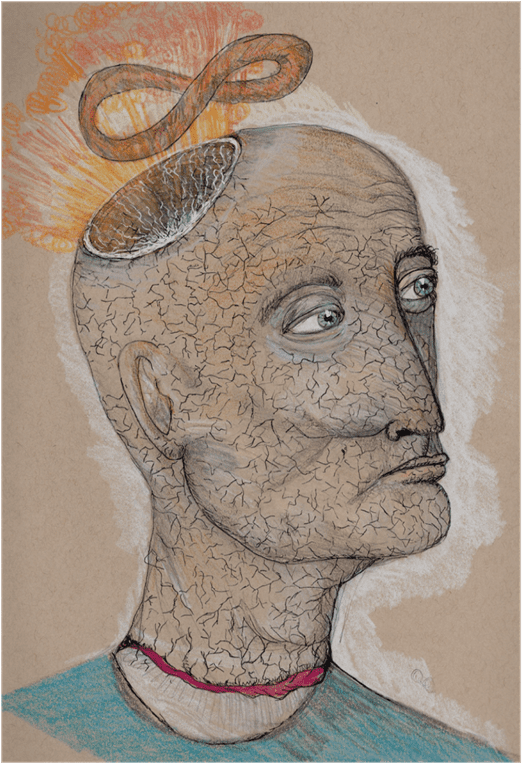
Morning Meditation Time
It is an early morning with a low-lit April sky; and I am emptying the dishwasher as my coffee brews. I have things pretty well-timed by now so that my coffee will be just right when I put away the last few knives and forks. I always save them for last, preferring to have already put away the plates, the glasses, the pots, pans, and other utensils. The return of each item to its very own place starts my day with a few moments of order: everything is in its rightful place.
After coffee and a small breakfast, I sit to meditate. I use a meditation app for timing, but the meditation itself is always self-created. I use one of seven archetypal themes I have learned from the Cafh Method. The theme is different each day as are the meditations. The themes help me to order my inner life towards being present in the moment and open to what life is about to serve.
I am a doctor, a primary care physician and each day contains the unexpected, and, sometimes the terrible. I seek to bring my best self to the day and my meditation helps.
It Was to Have Been a Normal Day
Wednesday, April 13, 2022 started out as a usual day. I had meditated on the theme of “The Two Roads” that day. The theme has an affect attached to it, namely dis-attachment. “Dis-attachment” has nothing to do with detachment. It is closer to “letting go.” Using this theme you might imagine yourself at a crossroads. At this crossroads you have to choose one road, letting go of the other.
I think that we all can identify with such a moment. In fact, the more you think about it, the more it could be a symbol of the constant choices and actions that living requires. Do I choose the high road or the low road? And which is which? Sometimes the choice is not between a better way or a worse one. It is more a matter of discernment – discernment between unknowns. In that case, meditation helps me look deeper into not only the unknowns, but also my motivations. What is it that is moving me?
How Do I Stay Centered?
On this morning I meditated on letting go of seeing myself and others as separate individuals. Instead, I tried to imagine each of us a part of larger groups, part of history, part of culture, and so on. The idea was to let go of the individualist-oriented way of looking at things. I suppose it was a meditation to let go of “self-centeredness.” I am often trying in meditation exercises to expand my consciousness of others.
The Unexpected
In my office at 8:30 a.m. ready to see patients at 9:00 a.m. The first patient did not show, which is unusual. My receptionist called him and rescheduled for later in the day. At 10:00 a.m., I saw patient, Mr. L. He was seeing me for a follow-up after a long stay in the hospital, followed by a long stay in a Skilled Nursing Facility. My patient had been very ill but was recovering nicely. I spoke with him in my office, reviewing the hospital’s electronic medical record. I had made notes on his record and was going over it with him to discuss current concerns and next steps. Now it was time to examine him.
In the exam room, my patient and I exchanged a few words before he began to get undressed. He later has told me that I suddenly looked “distorted” and made some strange sounds and left the room, closing the door behind me. I went from the exam room back to my office next door and sat down at my desk. The next thing that I remember was that he was standing out in the hallway yelling out that “Dr. Magrisso has slurred speech!” As he continued calling for help, I thought, “How does he know? I’m not even talking!”
Next thing I recall is being led to an exam room and Dr K examining me and asking me to smile and wiggle my forehead as she told me that I was having a stroke and an ambulance was going to take me to the hospital. Apparently, I told her that I felt fine. I do remember thinking to myself, “maybe I am having Bell’s palsy.” Dr K said she was calling my wife. I thought to myself that this would just get her worried.
A Life-threatening Situation
After this, all is mostly a blur. I remember getting on the stretcher to go into the ambulance and I think the paramedic asked if I could walk to it and I believe I did. I remember then putting oxygen in my nose.
While I have very little recall of the emergency room evaluation, I do remember talking to my wife. I told her that I felt fine and that this whole experience was “bizarre.”
In between interactions with others, I focused on a few words over and over again. They gave me profound comfort.
The words were “Divine Mother, I love you.”
Staying Centered
Some explanation is needed here. In Cafh, we have both a method and a symbology. In the symbology, the term “Divine Mother” is a term that is suggested. If a person decides to use this term, they, themselves fill in what it might mean. For myself the meaning changes all the time but, in general it refers to a higher power.
In this context though, it brought confidence that what I was experiencing was OK. It helped me center myself in a transcendent way that helped me to focus (as best as I could with half a brain) on my own inner awareness. Though impaired, and lacking insight, I felt safe. I think that it was only due to so many years of meditating that my consciousness seemed to automatically find these words and the words led me to this space.
Finding Consolation
One of the other themes of the method I have practiced is called “The Golden Temple.” The affect associated with this theme is consolation. In this theme one imagines a “lovely, tranquil place.”
When this theme is taught, it is described as helping us “to understand that, whatever might happen to us, everything has meaning because we are protected by the law that governs existence.”
I would say that I do meditation practice not only for the benefits in the moment but to create inner experiences that I can draw upon when needed. When I needed this consolation, it came up from the unconscious depths of my still functional brain.
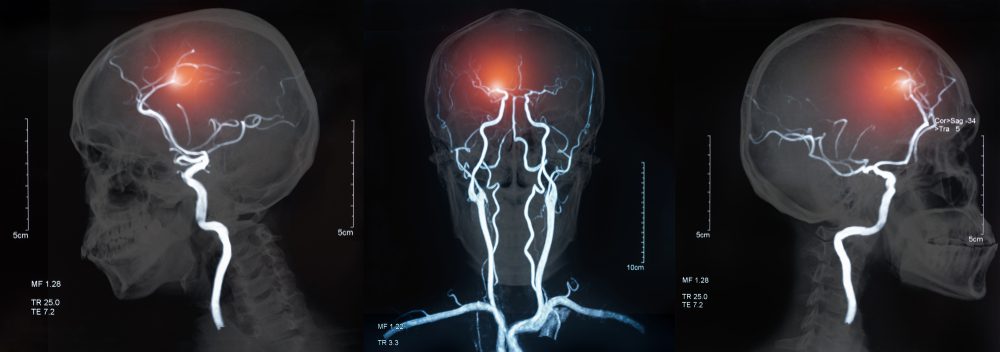
The CAT scans done showed a complete right middle cerebral artery blockage with a very large “penumbra.” This is a radiologic term that indicates the area of the brain is still viable but liable to infarction, or damage. The stroke team swung into action and I was given an intravenous clot buster and soon a vascular neurosurgeon was telling me that he was going to perform an angiogram and take the clot out of my artery. He did and the blood flow was restored.
The Challenge of Recovery
I was brought up to the intensive care unit after this surgery. My recall and attention were good, and every symptom that I had was cleared up. In the ICU I had a wonderful nurse named Angelica. She was very competent and friendly. By the time I saw her, I was probably the easiest patient she had to care for in the ICU that day. During the night I had a very nice nurse named Yehudan. She did hourly neuro checks.
These were very thorough: Starting with asking my name, location, and the date and then testing eye movements, face, tongue, and the strength of arms and legs in detail. I also had to read phrases and sentences and interpret a kind of crazy illustration of a woman drying dishes in the kitchen. Her sink was overflowing and two children were stealing cookies from a cookie jar. The stool one of them was standing on was falling over. Imagine going through this routine 24 times!
Recovery, Joy, and the Veil
Inwardly, silently I continued my meditation practice in the ICU. I continued to recite the phrase “Divine Mother, I love you.” I also started to use other themes that I had learned over the years of meditation practice. Another of those themes is “The Veil” with its affect; joy. In this theme, you imagine that reality is veiled, only a little can be seen. Behind the visible veil is an invisible, unknown reality. Of course, this is no fantasy. Whether this unknown reality follows the laws of physics or some metaphysical order is unclear. What is not unclear is the level of ignorance each of us has with regard to ultimate things.
My joy was mixed with fear and concern. It was mixed with relief and horror. But joy was the predominant feeling.
Another Reason to Meditate in an Emergency
In the afternoon, a technician came to the ICU and did an echocardiogram. A clot was found in one of the chambers of my heart. This chamber had been severely damaged when I had a heart attack 27 years prior. The damaged heart muscle does not contract well and the lack of flow of blood in this area led to the formation of a blood clot. This was the source of the embolus that shot into my brain. Knowing this was important in order prevent a repeat.
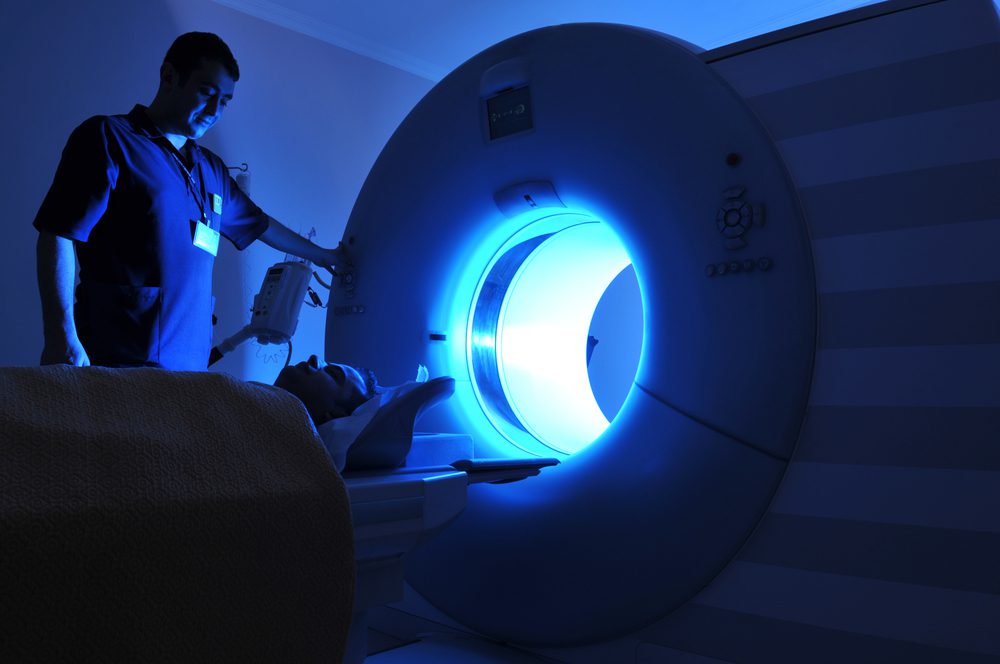
Meditation in the MRI Scanner
I was wheeled down to radiology to have an MRI scan of my brain. This scan was to determine the extent of damage in my brain and whether there had been any bleeding. While I was looking forward to this test, I had never had one before. Many people experience claustrophobia in the MRI scanner, but I thought that I would be fine.
In the MRI scanner, you are stretched out on a hard, narrow table, your head put in position so that it can’t move and your arms are pinned at your sides. A frame is placed over your head and, since there was still a COVID risk, I had to wear my mask.
Finding Stillness
As soon as I went in, I felt panic, feeling like I was going to suffocate. I asked to come out and I was taken out, an reassured by a very kind technician that a lot of people experience this and that I would be ok. They rolled me forward again and I re-entered the scanner, this time with my eyes closed. I had to find my inner stillness.
Inside the scanner, which initially had felt like a coffin, I did a formal meditation exercise. This kept my mind occupied. The theme of this meditation was gratitude, thankfulness for all that had transpired.
I focused on the recovery, the wonderful care I had received, the wonderful staff that I had encountered, and my patient who had alerted others to the danger I couldn’t even recognize. I even appreciated the banging and grinding sounds in MRI because I knew something was happening that would help me.
Champagne Brain
That evening the neurologist came and told me that the MRI was perfect. I was told that I had a “champagne brain.” The next day I asked the neurosurgeon who had removed the clot what he had meant. He told me that whenever he and his team had such a great outcome, he bought them champagne to toast their good work.
I thank all those who were part of my diagnosis and treatment. The more I think of them, the wider the nexus grows. When I read the experimental trials done studying cerebral arterial thrombectomy, the procedure that was performed to remove the clot, that number grows even more. When I meditate on the experience now, I think of all of this and even the technology involved, the training of the staff, the ambulance driver and thousands upon thousands of individuals that I have never met come into my imagination.
Endless Gratitude
This outcome is the fruit of a civilization that values life. Of course, we don’t value it enough to prevent wars. We don’t value it enough to prevent murder and cruelty. Not enough people have access to this kind of healthcare. But, medicine at its best, stands on the side of life. Through meditation, I was able to clear away the noise and see this with a clarity that I will always remember and always be grateful for. And, as I put away the knives and forks while waiting for my morning coffee, I give thanks for that.
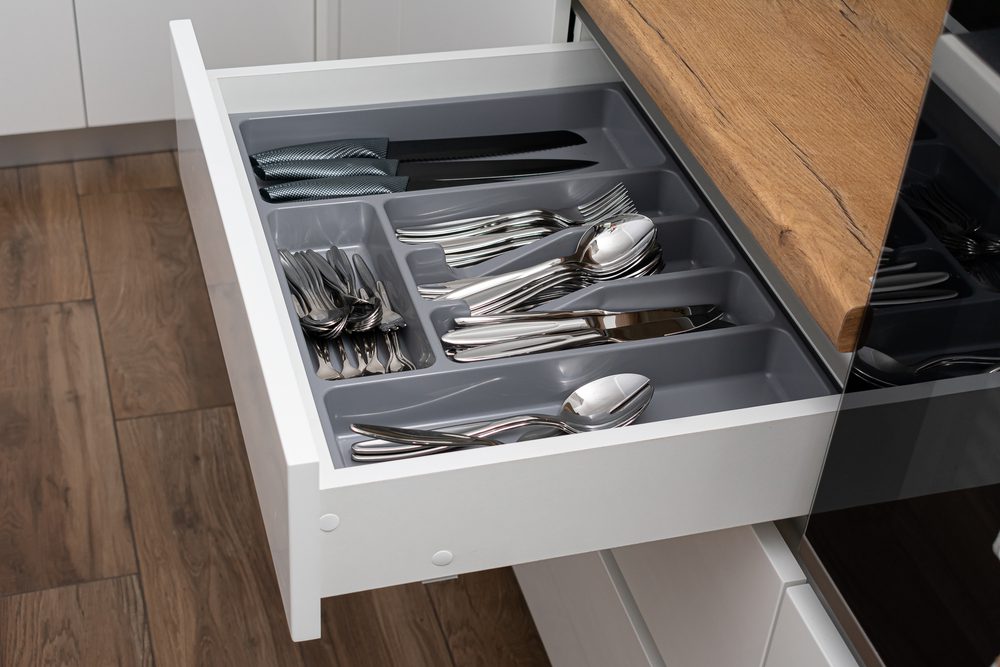
About the Author(s)
Bob Magrisso is a physician and long-time meditator. He tries to practice “applied spirituality”.
